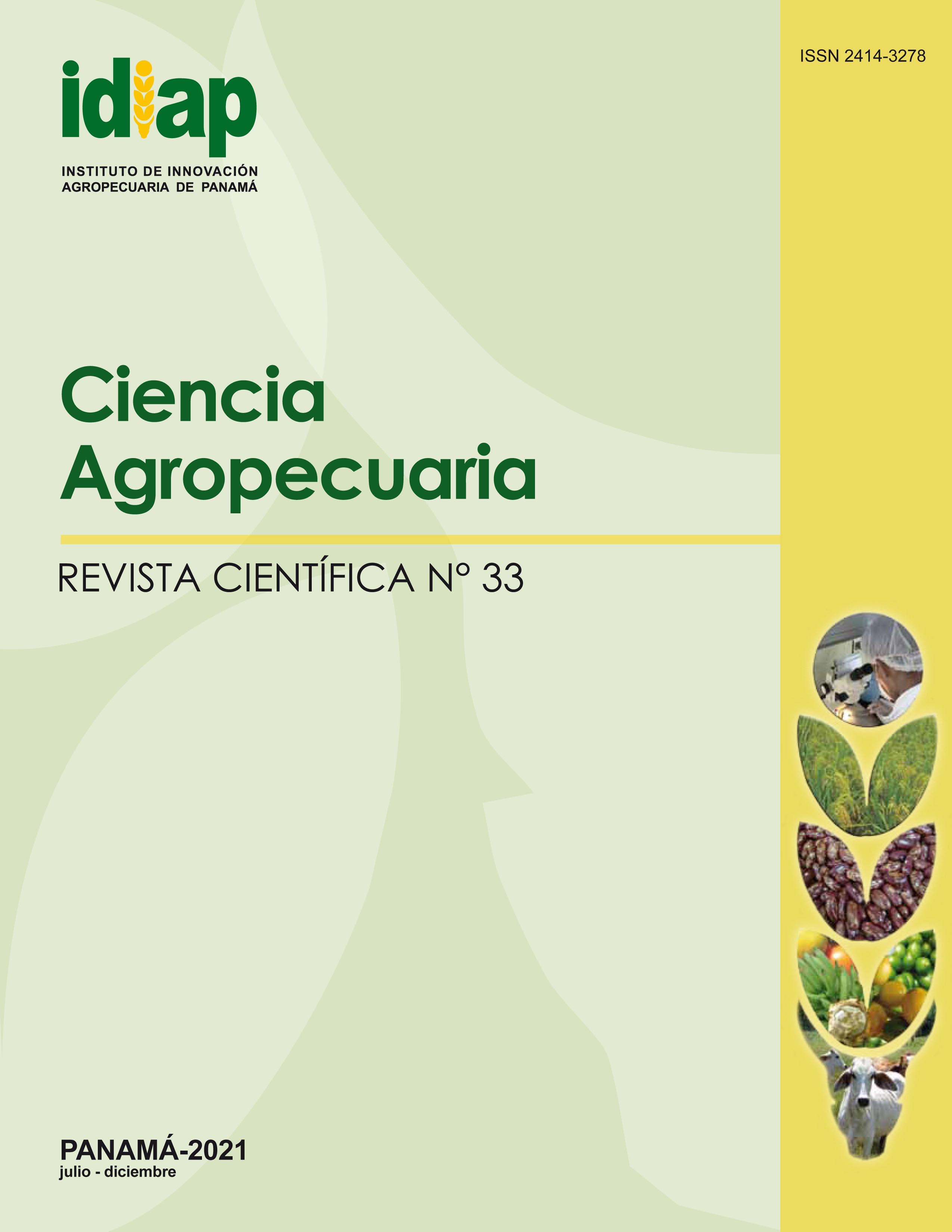MIXED MODELS FOR ANALIZING THREE FACTORS AGRICULTURAL EXPERIMENTS WITH A STATISTICAL SOFTWARE
Abstract
PROC GLM of SAS® is the most used procedure for the analysis of variance in agricultural research, but it was designed for fixed models. The objective of this work was to capacitate SAS®´s users on the use of mixed models for the analysis of three factors agricultural experiments. Data came from literature and were analyzed by PROC GLM (fixed and random models) and PROC MIXED. Three factors and their interactions were: Legume (V), Phosphorus (P) and Weed Control (W). The design was CRB (three blocks, BLK) and the response variable was seed-yield (kg/plot). Routines of PROC GLM for fixed and mixed models and PROC MIXED were presented. Under mixed models, V and P were fixed and W was random effect. Degree of freedoms were adjusted by Satterthwaite procedure. With PROC GLM fixed model, BLK, V*W and P*W were p<0,01 and with mixed model only was BLK, but F-Values were minors. W and V*P*W variances were -0,59 and -0,22, respectively. With PROC MIXED, no one source of variation was p<0,05 (F and Z Wald Test). W variance was cero while V*W and P*W variances were minors. V and V*P standard errors (SE) were higher with PROC MIXED and were equal for random effects in all procedures. It was concluded that PROC MIXED gives adequate hypothesis test and SE of mean, so its utilization is recommended.
Downloads
References
Correa-Morales, J.C., y Salazar-Uribe, J.C. (2016). Introducción a los modelos mixtos. 1ª Edición. Centro Editorial. Escuela de Estadística. Facultad de Ciencias. Universidad Nacional de Colombia. Sede Medellín, Colombia.
Gaylor, D.W., y Hopper, F.N. (1969). Estimating the degrees of freedom for linear combinations of mean squares by Satterthwaite´s formula. Technometrics 11, 691-706.
Gil, J.L. (2001). Comparación de los procedimientos GLM y MIXED del SAS® para analizar parcelas divididas con bloques al azar. Zootecnia Tropical 19(1), 43-58.
Kling, J. (2004). Field plot techniques and experimental design in agriculture. Oregon State University. Corvallis, OR. USA.
Lair, N.M., y Ware, J.H. (1982). Random effects models for longitudinal data. Biometrics, 38, 963-974.
Littell, R.C., Milliken, G.A., Stroup, W.W., Wolfinger, R.D., y Schabenberger, O. (2006). SAS for mixed models. 2nd Edition. SAS Institute Inc. Cary, NC. USA.
Littell, R.C., Freund, R.J., y Spector, P.C. (1991). SAS system for linear models. 3rd Ed. SAS Institute, Cary, NC. USA.
Lowry, S. (1983). Rules for thumb for writing parameters estimated in the analysis of variance. Monography. In: Design of Experiment. Agriculture 802. University of Nebraska at Lincoln. NE. USA. 9p.
Salazar-Guerrero, A. sf. Estadística superior. Clave LII. Consultado 5 sept. 2020. www.cursos.aiu.edu/Estadistica%20Superior/PDF/Tema%202.pdf
Satterthwaite, F.E. (1946). An approximate distribution of estimates of variance components. Biometric Bulletin 2, 110-114.
Steel, R.G.D., Torrie, J.H. (1980). Principles and procedures of statistics. A biometrical approach. 2nd Edition. McGraw-Hill, Inc. New York. USA.
Yang, R-C. (2008). ¿Why is MIXED analysis underutilized? Canadian Journal of Plant Science 88, 563-567.
Yang, R-C. (2010). Towards understanding and use of mixed-model analysis of agricultural experiments. Canadian Journal of Plant Science 90, 605-627.
Esta obra está bajo una licencia de Creative Commons Reconocimiento-NoComercial-CompartirIgual 4.0 Internacional.





